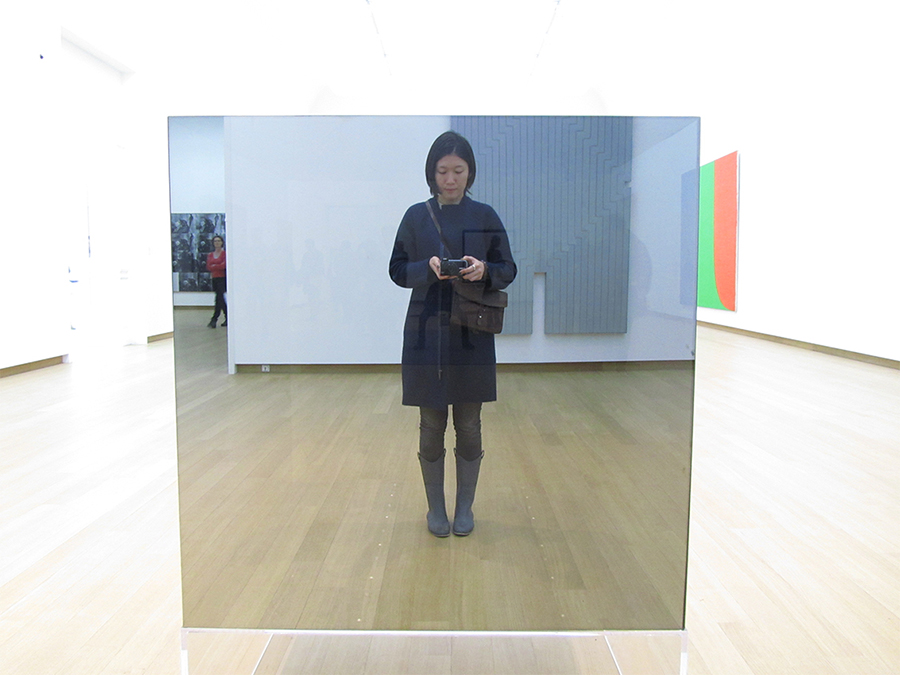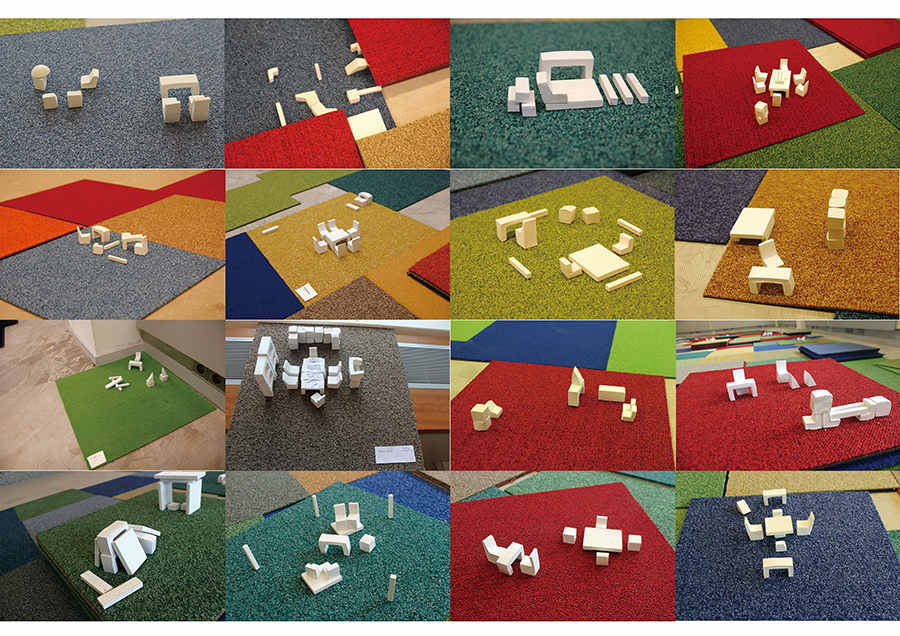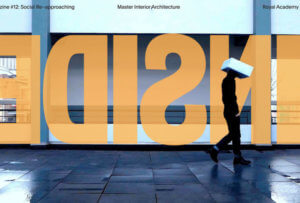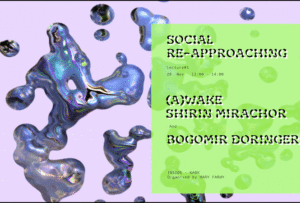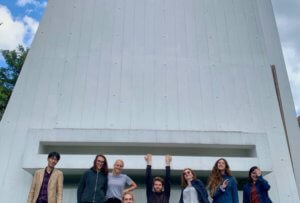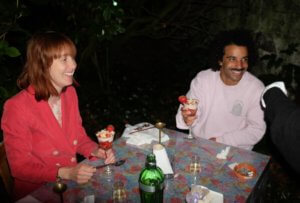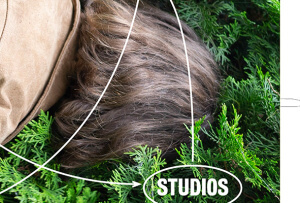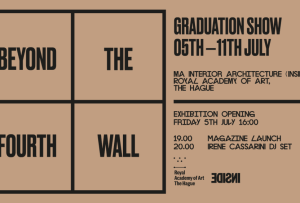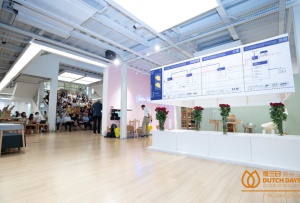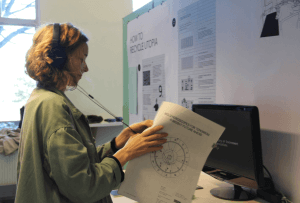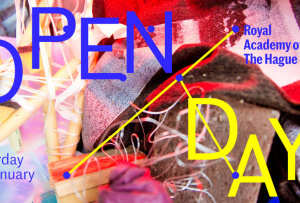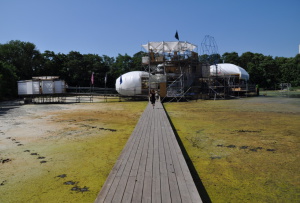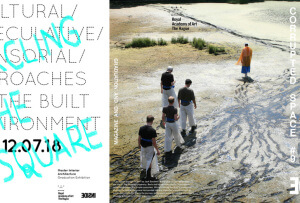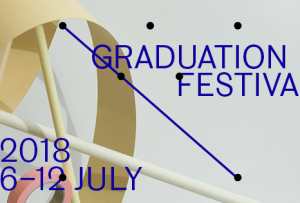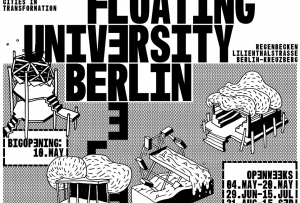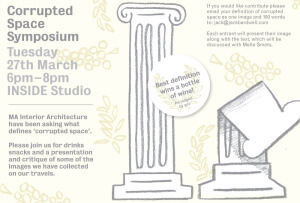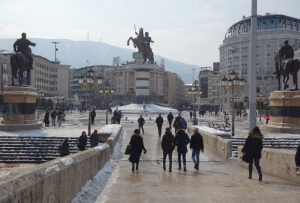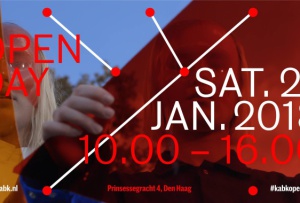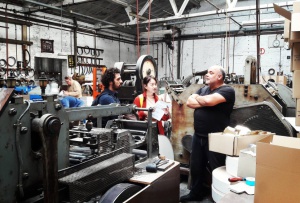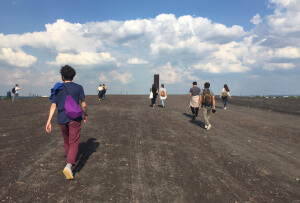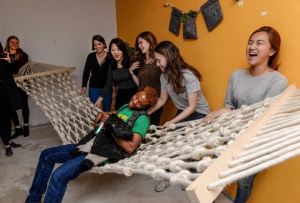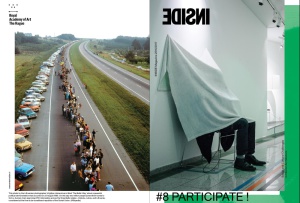Minsun Kim. Graduation Project 2012/2013 – Home for a Moment
Minsun Kim (1982, South Korea)
Minsun Kim is developing her graduation project HOME FOR A MOMENT in Seoul, Korea and gave four workshops in Seoul. They were documented in this video on location.
INTERVIEW WITH MINSUN KIM BY KLINPHAKA KEAWCHAROUN
I was born in 1982, Seoul, South Korea and started my studies at INSIDE in 2011. Before coming to the Netherlands in 2011, I worked for three years as an Interior Architect in Korea on the interiors of cafes, retail shops and private houses. My academic background is in Interior Design in Korea and I worked three years in that field. Most of my work was more related to small scale interior design such as a café, a retail shop or a house. After studying here, my view has expanded from a space to an urban life, and I am quite sure it will always give me a promising perspective.
Could you explain how you chose the topic for your graduation?
It started from nonsense, a house key, obtained from Germany by a previous tenant. Then, I started to observe myself living as a stranger in this city. Even though I have lived here for three years, the meaning of ‘Home’ was quite unfamiliar to me. In the meantime, ‘home’ has come to mean an ideal space where I can imagine whatever I want to. So then, the theme Home came to be the main topic.
What’s the name of your graduation project?
Home for a moment
Why do you want to study how to create intimate space in an unfamiliar location?
Since I came to study here, I have moved five times. Whenever I moved to a new place, it was really exhausting. Then I thought why should I always move to a home, why not let the home come to me? Also I felt that, on the first day of moving, home was not immediately familiar, even though all the belongings were mine. The more time goes by, the more the space becomes mine. Then, I wondered how space could change to become a familiar space.
As a city dweller, we always move from one place to another for studying, working, travelling, living or for no reason. Whenever we move to a new place, we are always confronted by a new situation; it can be a culture, a group, a community or even nature. Or we may not even know what is behind our neighbour’s door. However, people who can assume their position as soon as possible will adjust to society. It means their identity can be related to urban life. I suffered from this process quite a lot in the new country. And as we all know, it is not only foreigners but also local residents who can suffer when relocating in their own country. With this study I would like to understand how people perceive intimate space. It will enable me to be able to help other communities with this project.
What is your intention from this project?
Well, to be honest, I want to clarify for myself my position in this field after graduation and I believe that small interventions can make people and/or their urban life rich. So, this project is the first stage in testing interactions between people.
Could you explain your design process? How do you obtain information?
For the graduation project, it was first made by text; then I tried to make it visible in a design. Most information is often obtained nowadays from the internet but I realized the best information usually comes from books and daily living. In the end, I will use ‘The Architecture Day’ as the research element and then go on to propose a conclusion on the intimacy of space.
Could you explain more about what are you going to do on ‘The Architecure Day’?
I will be the host of a space, and will introduce myself to visitors who want to join at the entrance. There are some steps to follow the process from the entrance. (1. Choose one land 2. Choose one object box) Then, I will guide them to take a seat in the space. After sitting on the carpets, I will ask people ‘Where do you most feel at home?’ It could be their own house, a corner of their home, an imagined ideal space, an existing space elsewhere or an object. During our conversation, they will create a space with miniature objects creating a home environment for themselves. My role? I will help them feel relaxed or stimulate their memory.
After you have information from visitors, what are you going to do with that information? How can you process all the information and create your final design?
First, I hope to gather 80 homes from visitors. Then, I will make a documentary with this information including a scale drawing, pictures and video. Even though the question seems be about Home, a private space, the result of the research will be used for intimacy in a (semi)public space. In the end, I will draw a conclusion about the elements of intimacy in (semi)public space by gender, age (generation) or cultural background as an info-graphic.
Because your research is about feeling at home, do you think that information from different people and different cultures will influence your final design?
Yes. I need to make groups for commonly occurring categories. For instance, if many people who have different cultural backgrounds come to the day, I can categorize according to culture.
How is your project related to urban Interior?
As I said above, the question is: where do you most feel at home? It appears to ask about private space, but it is more about how you can make people feel at home in (semi)public space. Finally, the result will be related to the urban interior.
What is your expectation from the graduation project?
I guess that I can use this project to develop my work further after graduation. If the site changes, the result will also change. Then, I can see potential from the graduation project, whether it works or not, for the interaction with people by playing with miniature objects and carpets.
What is your ambition after you have graduated from INSIDE?
Initially I was very ambitious. Now I am less ambitious but it doesn’t mean that I don’t care. It means that if I can contribute in a small community as an interior architect, that’s fine. I was inspired by a documentary which is about an architect, Ki-Yong Jung, from Korea. He was not a fashionable architect but a communicative architect. When he developed a municipality in a suburban area, he asked opinions of local people who were mainly in their 60s to 80s.They wanted to have a ‘Sauna’ in their town. Then, he added the Sauna in the building design – the first time ever.
You have spent 2 years studying for your Master’s, do you think that this education has changed your attitude or your life or not? If yes, how?
Yes, actually I am now so clear about my viewpoint and my life. I do not know yet when other things come to me again. I did not like the design practice in Korea: I had to simply copy and paste and could not create new things. Most of my work consisted of making something look good and it was a different world of interior design than the one that I have studied here. What I learned during my studies at INSIDE: Trust yourself and The Real World is the same everywhere!
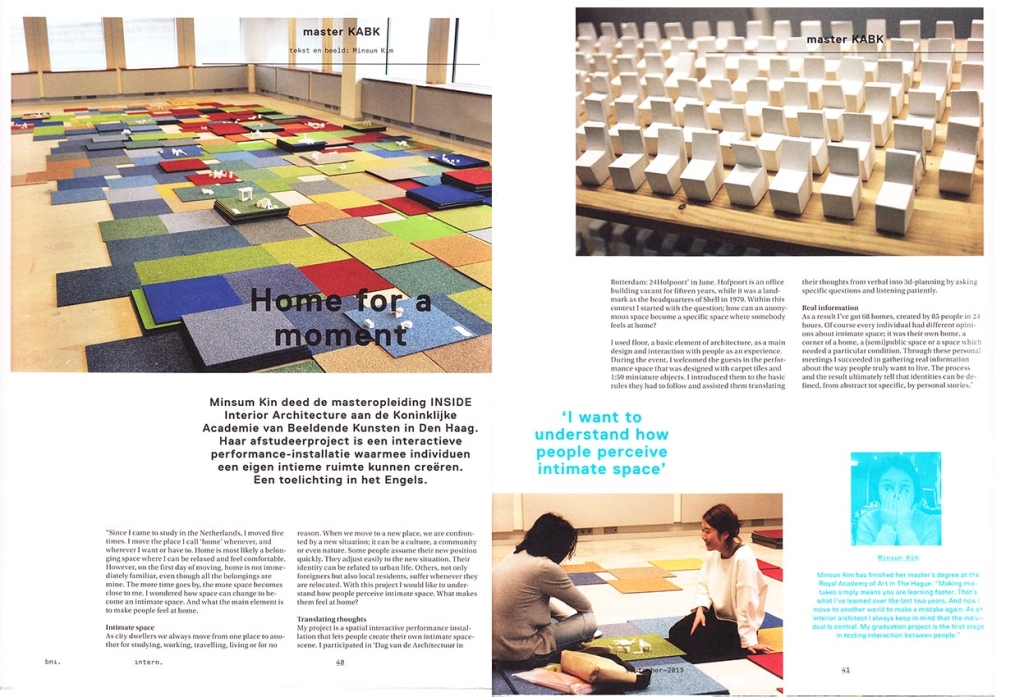
intern. 2013 #3 September
